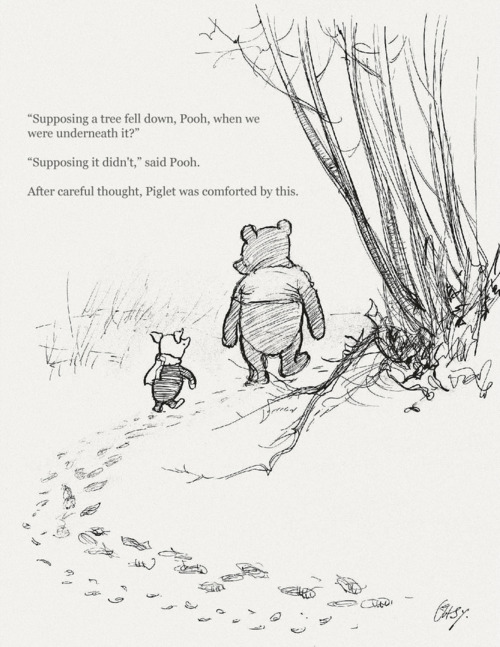Why Worry doesn’t work.

I had the pleasure of hearing Jack Kornfield, Buddhist teacher, and author, share a Buddhist parable about worrying.
The parable…
Three monks go for a walk—one wise, old monk and two younger disciples. The older monk points at a large boulder and asks his disciples, “Is that boulder heavy?” The younger monks reply, “Of course, that boulder is heavy!”
“Indeed, that boulder is heavy” says the old monk, “but, only if you pick it up.”
The boulder is a metaphor for worries. Big, heavy, hard to lift, and even harder yet to carry. Still, we bend down to pick up the boulder and lug it around with us all day. To worry is exhausting.
Our brains are wired for threats, so it’s no wonder we are prone to worry. The early thinking mind originally focused on survival still needs a job in today’s modern world. So, it relentlessly searches for problems to solve. Most of which pose no real danger. Yet, now in our sixth month of a pandemic and a lot of unrest in the world, many of us are in worry over-drive.
To stop worrying is difficult, but not impossible. There are some practical steps we can take to allay worry.
What is a practical step you can take when you have a worry?
Identify actions that are IN YOUR CONTROL. Let’s say the worry is that you’ll lose your job during the current economic downturn. What can you do?
- Update your resume
- Keep your networks “warm” (ie., reach out to them regularly)
- Peruse job sites
- Let close friends or colleagues you can trust know that you are always open to other opportunities
- Connect with recruiters or influencers in your chosen field
- Continue to perform and do your best at work
- Exercise to help release stress
- Talk to a friend or seek therapy
Once you have taken actions within your control…
LET IT GO.
Do not pick up that BOULDER! Kornfield suggests that after you take action on what is reasonably within your control, you can give the worry away to a higher power: Buddha, God, Universe, or some symbol of love and peace to hold for you. You write the worry down on a slip of paper and place it on a home-made altar to hold — symbolically releasing you of the burden.
Then, go about your life….
You took action within your control, but the worry resurfaces again in your mind. So, what next? There is only one way to move from worry to peace.
Presence is when we return our attention to what is happening to us now.
An example of how to be present…
Let’s say you are worried about an older loved one falling ill with COVID-19. Your mind thinks through a litany of scenarios — your loved one is exposed, gets COVID, hospitalized, etc. The worst-case scenarios are vivid, but you can choose presence over worry. Here’s how:
- Become aware that you are worrying. As you think, you become aware of your own thinking and observe your thinking with non-judgment.
- Return your attention to the present moment. Put your attention on what is right NOW. You are sitting in a chair. You notice the breeze coming through the window feels comforting.
- Stop for a moment. Notice that in the present moment – everything is okay.
- As your mind wanders again, without judgment bring your attention back to the present moment.
- You can also try a mantra to repeat such as “All is Well” and as you repeat the mantra, focus on your breath. You will notice immediately you will feel calmer and grounded in the present moment.
- Rinse and repeat.
The more you practice the skill, the better at it you will become. If you are interested in learning more about presence go to this post.
The practice of bringing the attention back to the present moment is called mindfulness. Once you start to practice mindfulness, just begin to notice how you feel in those mindful moments versus the moments where you let your mind focus on worry. (Hint: The present moment feels more expansive and peaceful.)
Mindfulness is the practice of calling the thinking mind back to the body so that the two become as one in the present moment.
I hope these two strategies help. To recap on how to let go of worry:
- Doing what’s in your control around the concern and then, let go.
- When the worry comes into your mind, return to the present moment.
Here are some of my favorite quotes about worry!
If it can be solved, there’s no need to worry, and if it can’t be solved, worry is of no use.”
Dalai Lama XIV
Worry pretends to be necessary but serves no useful purpose.
Eckhart Tolle
The psychological condition of fear is divorced from any concrete and true immediate danger. It comes in many forms: unease, worry, anxiety, nervousness, tension, dread, phobia, and so on. This kind of psychological fear is always of something that might happen, not of something that is happening now.
Eckhart Tolle
The meeting of two eternities, the past and the future… is precisely the present moment.
Henry David Thoreau
Living in the present moment means letting go of the past and not waiting for the future. It means living your life consciously, aware that each moment you breathe is a gift.
Oprah Winfrey
Don’t pick up that boulder! Choose the present moment and enjoy all the extra energy you’ll have when you make the conscious choice not to worry!
Love and light,
Ellen



Leave A Comment